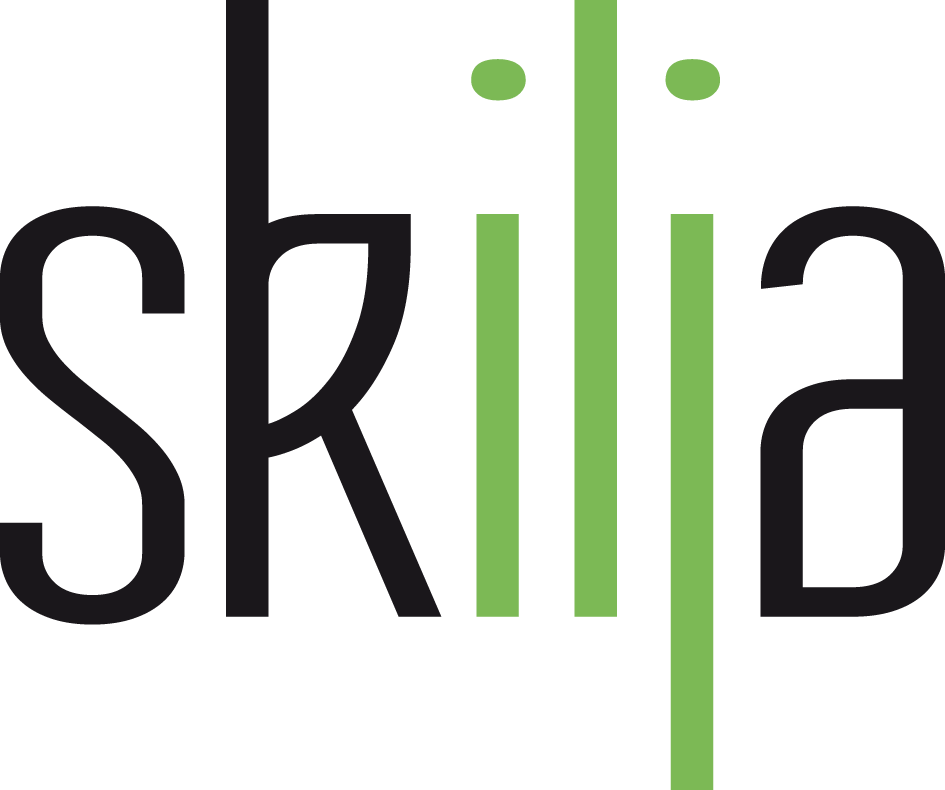AIIM is the community that provides education, research, and best practices on information management and collaboration. This year the AIIM community met in San Francisco. For the first time since 10 years it was held in a conference format with general sessions and three distinct conference tracks, each tailored to a set of similar usage scenarios.
- Engage: Use content and social technologies to share knowledge and engage with customers.
- Process: Automate and optimize the flow of content associated with operational and administrative processes.
- Control: Manage information throughout its lifecycle in order to minimize risk and comply with regulations.
I have been there this year (also for the first time since many years) and learned a lot. It also seems to have been a big success in general. The number of participants exceeded 600 and we saw some remarkable presentations. While the track names imply that there is a clear division between fluent data and controlled data my impression was that the main topics can also be grouped differently. The big topics I saw are mobile, cloud and big data.
Mobile is everywhere. But mobile does not mean (as some imaging companies say) just an extension of capture to mobile devices where you snap a photo instead of scanning a document but else follow the same process as before. No, the overwhelming impression is that mobile changes the way how you altogether are using software from a device which is more than a combined laptop and phone. We have heard a really good and entertaining presentation on this from David Pogue from NYT how mobile is entering our daily lives. The speech of R “Ray” Wang from Constellation was more technical and detailed. He predicts that the mobile apps market will be $27B by 2015. And theses apps include many business apps for customer engagement but also for enterprise infrastructure.
Big data was the other key element in the discussions. Because if you have mobile apps, you have user generated content (UCG) and you have data in the cloud so you have big data. And this is where document understanding comes into the play. Everybody agrees now that we need tools to understand and control these data. For example for litigation purposes or e-discovery as discussed by Benjamin Berman from KAYAK and Michelle Treadwell-Briggs from Goodwin Procter LLP. They pointed out the difficulties companies face to control and analyze the data that is produced by the employees of a company. Doug Miles, Director at AIIM, presented a very detailed survey across the AIIM community with the clear result that fear of “Content Chaos” is a major driver for investment in the next years. And he is working on a similar survey on Big Data to be released in 3 months.
A partial answer how to manage the content deluge was given by Patrick Lambe from Straits Knowledge in Singapore who gave a rewarding and inspired insight into taxonomy creation. His book “Organizing Knowledge” is a must read for any knowledge worker.
Big Data and Taxonomies are areas where document understanding can help significantly to create a consistent view on data and allow users to access these data for their productive work. The decisive term is RELEVANCE. What you retrieve for your task must be relevant otherwise you will not use it. Relevance can be created by a good taxonomy, by user tagging (“like”) or by text analytic methods and document understanding that allow you to put each phrase of a document in a context. It seems that semantic technology is the most promising access to achieve the kind of data quality desired.

